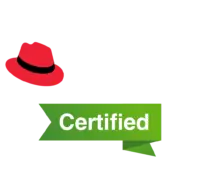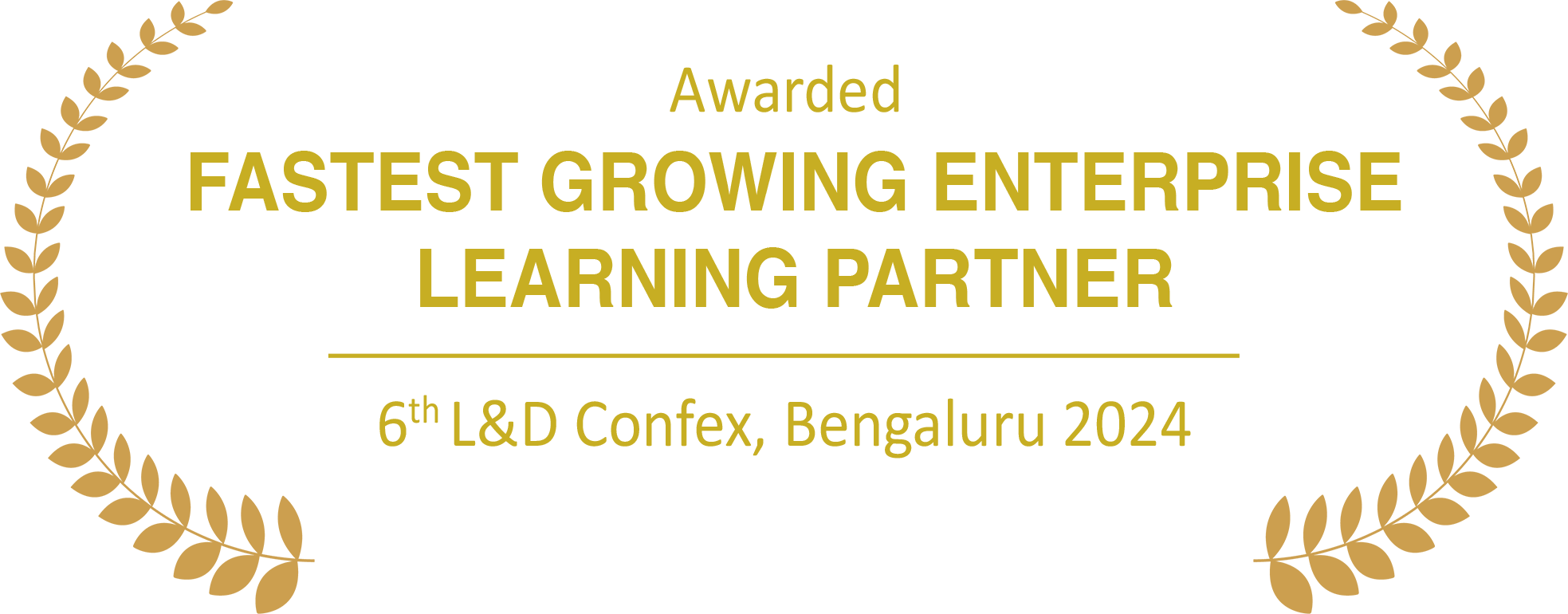
Overview
This advanced course is designed for senior Linux system administrators aiming to optimize system performance. Participants will delve into system architecture, performance adjustment techniques, and the use of open-source benchmarking utilities. The curriculum emphasizes understanding system performance implications and tuning configurations tailored for specific server use cases and workloads. The course is based on Red Hat® Enterprise Linux 8.

Objectives
By the end of this course, leaner will be able to:
- Analyze and tune systems for resource-specific scenarios.
- Apply tuning profiles using the ‘tuned’ tool.
- Optimize performance in virtual environments, both hosts and guests.
- Trace and profile system events and activities.
- Manage resource limits and utilization using systemd-integrated control groups (cgroups).
- Collect performance metrics and benchmarking data for informed decision-making.

Prerequisites
- Red Hat Certified Engineer (RHCE) certification or equivalent experience.
- Proficiency in Linux system administration tasks.

Course Outline
- Understanding performance tuning concepts and goals.
- Evaluating a variety of performance monitoring tools included with Red Hat Enterprise Linux.
- Viewing and interpreting hardware resource listings.
- Configuring the operating system to optimize for different workload requirements.
- Managing resource contention and setting limits for services, applications, and users using cgroup configurations.
- Diagnosing system and application behaviors using various resource-specific tracing tools.
- Managing CPU resource sharing and scheduling to control utilization.
- Configuring settings for efficient memory utilization tailored to different workloads.
- Managing settings for efficient disk utilization across various use cases.
- Enhancing application efficiency concerning file system utilization.
- Improving application efficiency in network utilization.
- Understanding the requirements and techniques for tuning in virtualized settings.
- Applying learned skills by observing system performance, evaluating metrics, and configuring settings to enhance performance.


 Projects
Projects Assignments
Assignments






